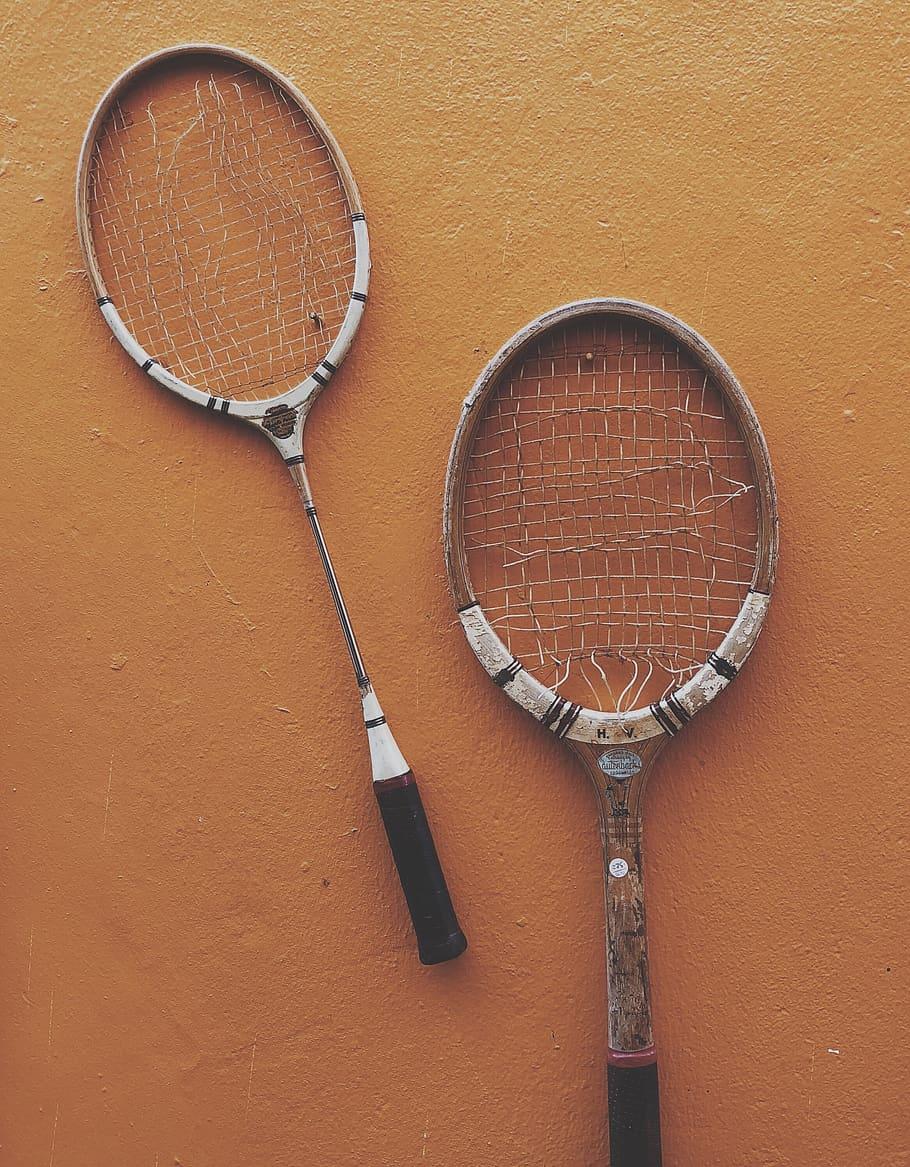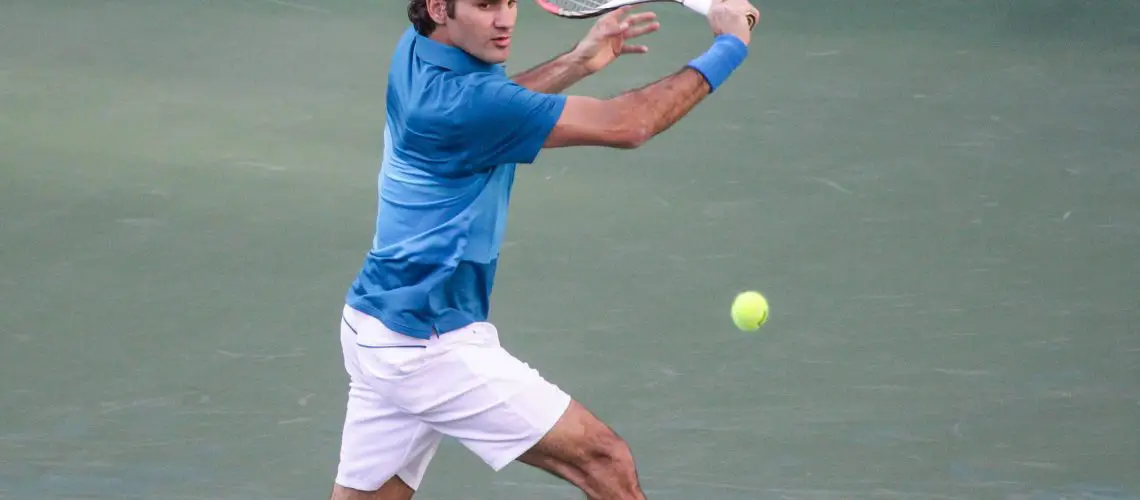We may earn money or products from the companies mentioned in this post.
The Importance of Restringing a Tennis Racquet

When it comes to playing tennis, having a well-maintained racquet can make all the difference in your performance on the court One crucial aspect of racquet maintenance is regular restringing By restringing your tennis racquet, you can ensure that it maintains optimal tension and performance The strings on a racquet gradually lose tension over time due to regular use and wear and tear Restringing helps restore the desired tension, giving you better control and power in your shots
Not only does restringing improve your game, but it also helps prolong the life of your tennis racquet Over time, strings can become damaged or frayed, affecting their effectiveness By replacing worn-out strings with fresh ones through restringing, you reduce the risk of breakage during play and extend the overall lifespan of your racquet
Factors That Affect String Length Needed

Racquet Head Size
The size of a tennis racquet’s head plays a significant role in determining how much string will be needed for restringing Racquets with larger heads tend to require more string compared to those with smaller heads This is because larger head sizes have a greater surface area to cover with strings
String Pattern
The string pattern on a tennis racquet refers to the arrangement of strings across its head There are different string patterns available, including open patterns (fewer cross strings) and dense patterns (more cross strings). The choice of string pattern affects both playability and the amount of string required for restringing
In general, open patterns require more string as they have wider spacing between each string This means that denser patterns will need less total length for restringing It’s important to consider the string pattern of your racquet when calculating the amount of string needed for restringing
Determining the Required Length of String for Different Racquets

When it comes to selecting the right length of string for your tennis racquet, understanding the standard lengths for different head sizes is crucial The size of your racquet’s head directly affects the amount of string required to properly string it
Standard Lengths for Common Head Sizes
1
Midsize Racquets (85-95 square inches)
Midsize racquets have a smaller head size, typically ranging from 85 to 95 square inches These racquets require less string compared to larger heads due to their compact design This means you can get away with using slightly shorter strings
2
Mid-Plus Racquets (96-105 square inches)
Mid-plus racquets have a slightly larger head size, ranging from 96 to 105 square inches As the name suggests, these racquets offer a middle ground between midsize and oversize racquets They require a bit more string than midsize frames but less than oversize ones
3
Oversize Racquets (106+ square inches)
Oversize racquets have larger heads measuring 106 square inches or more These racquets provide a larger sweet spot and are forgiving on off-center shots but require more string due to their increased surface area
Understanding String Patterns and Their Impact on String Length Requirements
The string pattern of your tennis racquet plays a significant role in determining the length of string needed as well
-
16×19 Pattern:
-
18×20 Pattern:
-
16×18 Pattern:
The 16×19 pattern is one of the most common string patterns found in racquets It refers to 16 main strings (vertical) and 19 cross strings (horizontal). This pattern generally requires slightly longer strings compared to other patterns due to the increased number of crosses
The 18×20 pattern is a denser string pattern with 18 mains and 20 crosses This tighter pattern offers more control but requires shorter strings since there are fewer gaps between the strings
The 16×18 pattern provides a balance between power and spin potential With 16 mains and 18 crosses, this pattern requires moderate string length for optimal performance
By considering both the head size of your racquet and its string pattern, you can determine the ideal length of string needed for your specific setup Keep in mind that these guidelines are general recommendations, and it’s always best to consult a professional or refer to your racquet’s manufacturer for precise instructions
Types of strings and their effect on required length

Choosing the right tennis string is crucial for optimizing your performance on the court Different types of strings have varying characteristics that can affect the required length for your racquet Let’s explore three common types of strings and their advantages and disadvantages
Natural gut strings
Natural gut strings are considered the gold standard in terms of playability and feel They offer exceptional power, comfort, and control, making them a favorite among professional players One advantage of natural gut strings is their ability to absorb shock, reducing the risk of arm injuries However, they tend to be more expensive than other types and are susceptible to weather conditions, losing tension faster in humid or wet environments
Multi-filament or synthetic gut strings
Synthetic gut strings are designed to mimic the playability of natural gut at a more affordable price point These strings consist of multiple filaments wrapped together with a coating that provides durability and resilience The advantages include good power, decent control, and improved durability compared to natural gut However, they may not offer the same level of feel as natural gut strings
Polyester/Monofilament strings
Polyester or monofilament strings are known for their durability and control-oriented characteristics They provide excellent spin potential due to their low elasticity but may lack in power and comfort compared to natural gut or synthetic gut options These stiffer strings require proper technique to generate power effectively
Tips for efficient and accurate string measurement and cutting

Establish a baseline measurement based on head size, string type, and pattern
Before cutting your tennis string, it’s important to establish a baseline measurement based on your racquet’s head size, string type, and pattern Measure the length of the strings in inches or centimeters, ensuring accuracy Take into account the role of grommets, which can affect the required length
Add extra length to account for knots and potential errors
To ensure you have enough string to work with, it’s recommended to add some additional length to account for knots and potential errors during stringing The amount of extra length needed may vary depending on your experience level Beginners may want to add more extra length as they become familiar with the process
Preparation techniques before cutting the desired length
Before cutting your desired string length, consider using different preparation techniques One method is coiling the string, which involves wrapping it around an object such as a pencil or small spool This can help prevent tangles and make it easier to handle during the stringing process However, keep in mind that coiling can cause slight tension loss in the strings
Another helpful tool for efficient string measurement and cutting is a string dispenser These devices hold your tennis string securely and allow for easy access while maintaining tension Look for recommendations on suitable string dispensers based on user reviews and convenience
Useful Links

How to String a Tennis Racket
How to String a Tennis Racket: 5 Steps (2020)
Racket String / Tennis Racquet Accessories
How Many Cows Does It Take To String A Tennis Racquet?
Weed Tennis Racquet Stringing Patterns
Tennis String Tension | Player’s Guide + Charts & Pro …
How Often Should I Re-String My Tennis Racket?
FAQs About Stringing Your Tennis Racquet
Tennis String Reels, Sets & Resources – Golden Set
How much string do I need for a tennis racquet?
How to String a Tennis Racket Without a Machine: DIY Guide
Squash Stringing Tips
An Expert Guide to the Best Tennis Racquet Strings
What Is The Best Racquet Head Size / String Pattern?
Stringing Wood Tennis Rackets and Taking Care of them
Tennis String in Tennis Racquet Accessories(324)
Does anyone know approximately how many racquets a …
How To Choose Tennis Strings
How to String a Tennis Racket | Step by Step (with Pictures)






